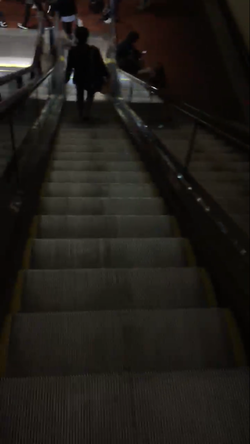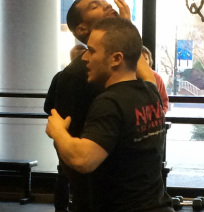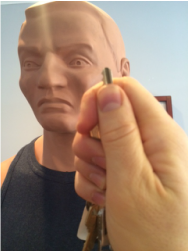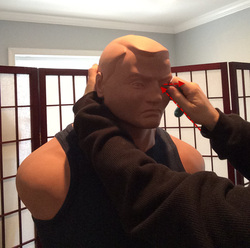(please note, videos were removed from youtube; I will repost when I get a new channel up and running!)
In the second video, the kid who gets sprayed freaks out and falls to the ground screaming- I cut the portions leading up to this, he was definitely the crying, screaming type. The spray 100% did it's job by taking the fight and resistance out of the kid, giving the officer a safe means of getting control of him.
Quick tip about evaluating your tools:
Consider context when you look at videos like this to see the varying effects of something ubiquitous, like pepper spray:
Consider what you know, don't know, and is unknowable:
- What brand or strength was the spray?
- Was it a direct hit? Was the recipient reactive to the spray?
- Was the canister expired, sitting in somebody's car for 10 years before being used?
- Was this an experiment with bros attempting to one-up the cast of Jackass 3?
- Was anybody in the video being violent or aggressive towards someone else?
You can find many examples of this happening with video searches of pepper spray, but I only consider the effects credible where they were used in a violent or escalating encounter, particularly when the subject sprayed was being overly aggressive or violent. In my opinion, people doing training exercises being sprayed also does not count, since in that moment their life did not depend on fighting through the irritant, and they consented to it and in some cases may have been more mentally prepared for what they were about to have happen.
If pepper spray is something that you carry, please do some research on the varying effects, which from what I have seen run from: no effect, slight hesitation, causing rage, to complete debilitation- and if you do end up having to use it, get the hell out of there immediately, rather than waiting to see the extent of the effect or lack thereof.
Train smart & stay safe,
Evan D.
Owner/Lead Coach
NOVA Self Defense





















 RSS Feed
RSS Feed